Why paper is the best application.
- Transfer
While applications take up more and more space in our lives, there is a movement of people fighting for a simple life without high technology.
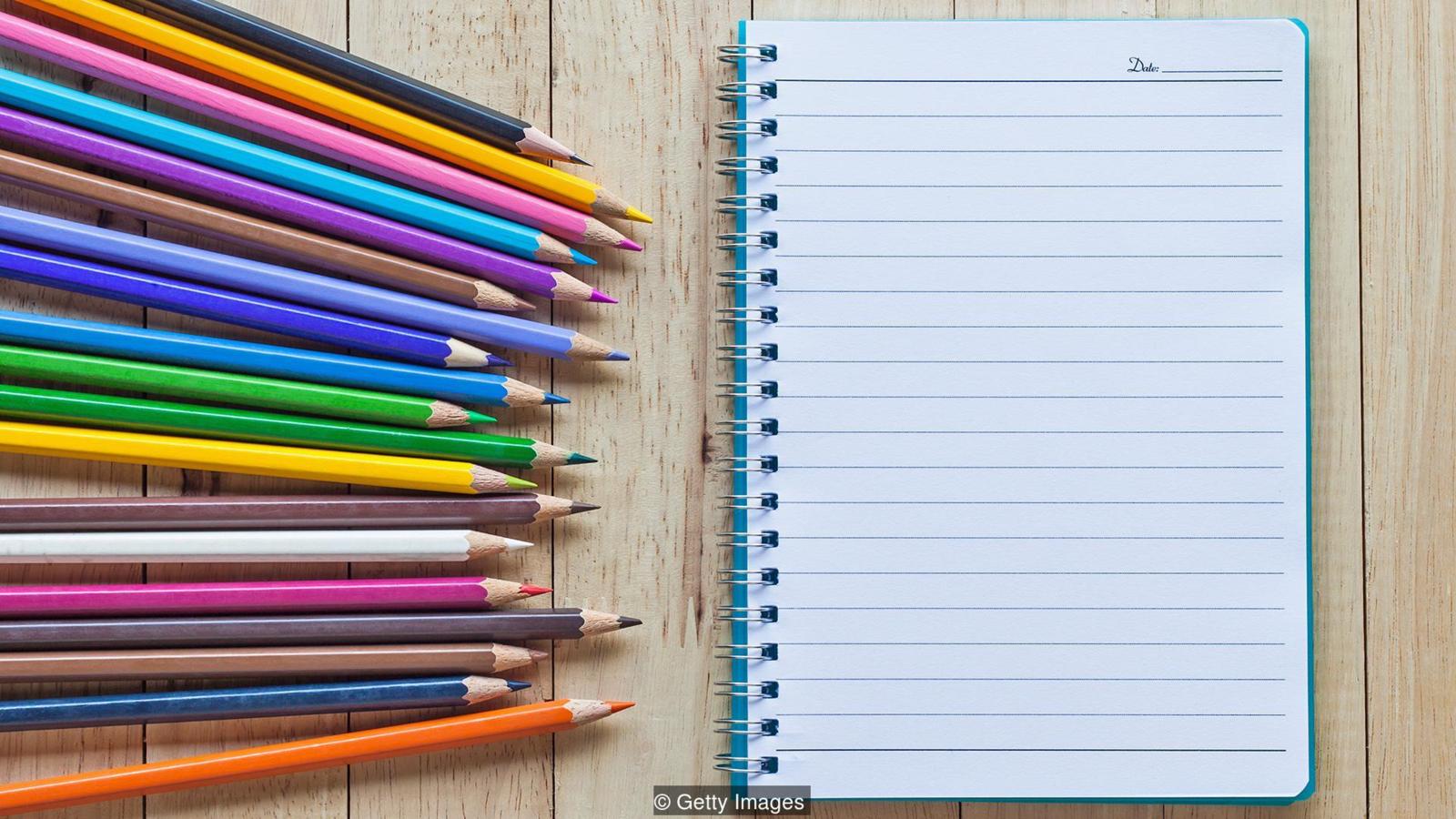
Every January, Angela Ceberano sets goals for the next 12 months. On Sunday evenings, she plans things to happen next week.
But instead of spreadsheets and trendy mobile apps, the founder of Flourish PR, a public relations firm based in Melbourne, Australia, uses a piece of paper for writing, an old-fashioned diary, colored pens and a stack of magazines. This is how she brainstorms, lists and visualizes plans.

At the same time, Seberano is not a technophobe. It is easily controlled with digital technologies, actively uses social networks, divides its time between traditional and new media, as well as between Australia and San Francisco, where several of its clients are located. For certain tasks, she prefers simplicity and flexibility, as well as paper tactile sensations.
“Sometimes I want to get rid of all sorts of technology, and just sit in a quiet place with paper and a pen,” she says. - There are a huge number of applications, and it seems to me that none of them satisfies my needs entirely. I really gave them a chance, kept a to-do list, set priorities, used brainstorming apps ... But when I go back to paper with a pen or use my old-fashioned diary, I feel more flexibility. ”
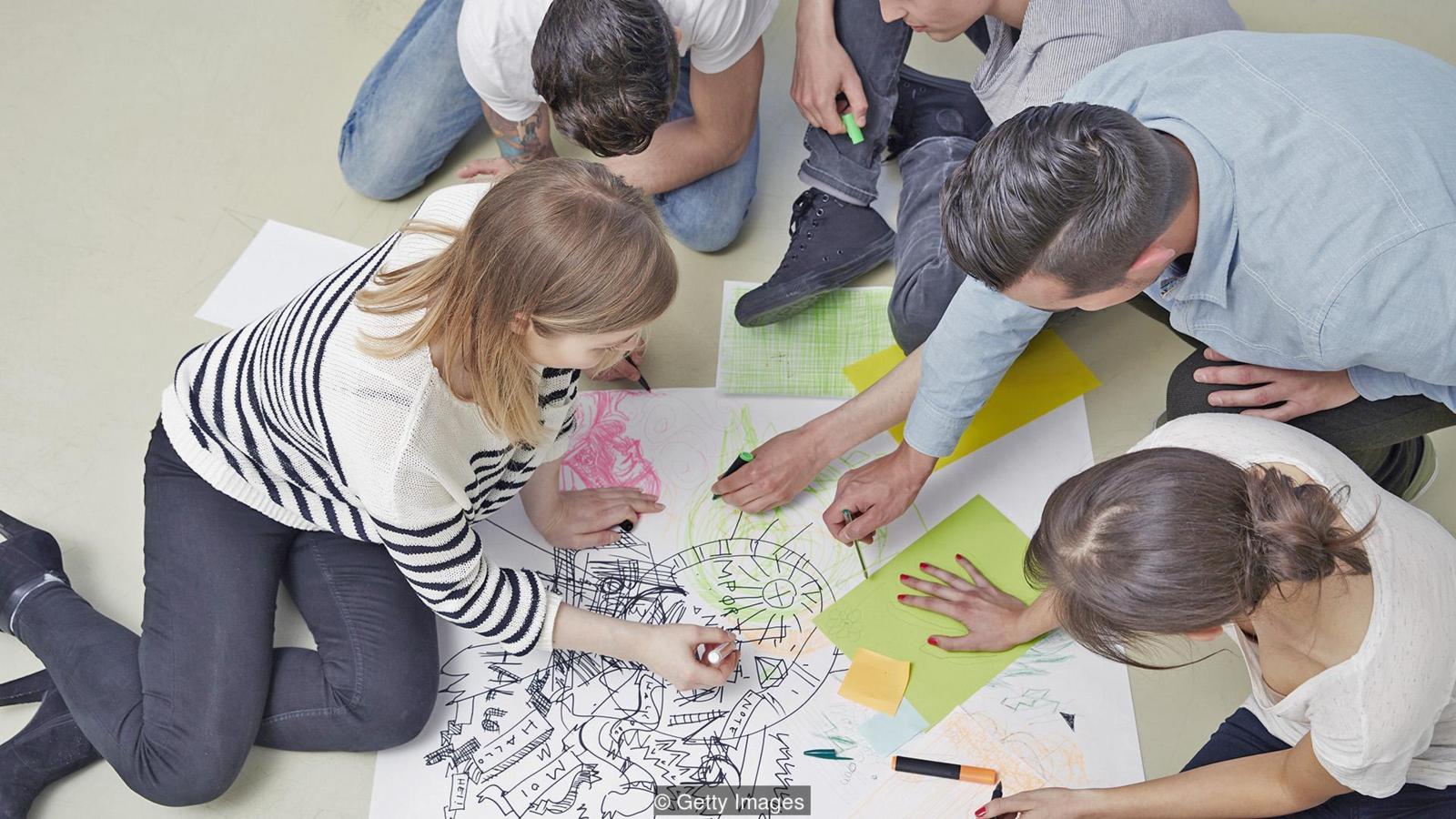
She is not the only one. A quick search on social networks shows people quietly returning to the modest charm of office supplies and records by hand. Many use italic spelling and color their notes to organize their lives or work or specific goals - be it fitness, financial matters or a career. And, despite the abundance of mobile applications, other ideas for returning to simple things are gaining popularity online.
What does science say
Science suggests that there is something meaningful about this return. In some applications, technology provides some advantages — but digital overload is a growing concern. A 2010 study by the University of California at San Diego states that we consume almost 3 times more information than in the 1960s. The report from the British Ofcom states that 60% of people consider themselves hooked up on their electronic devices, and a third of them spend more time online every day than planned. Do we really spend so much time with electronics, and do the screens divert us from business? Maybe. For example, many studies indicate that multitasking is harmful and enhances our absent-mindedness.
In other studies they write that paper and pens have advantages over the keyboard. A study by Princeton University and the University of California at Los Angeles, published in 2014, shows that the pen is indeed stronger than the keyboard. In three experiments, the researchers found that the students taking notes using a laptop, worse than writing by hand, cope with abstract issues. Those who wrote by hand better understand the material and remember more, because they need to mentally process the information, and not just write it under dictation. In another study from the journal of applied cognitive psychology, it was shown that people who draw doodles can better recall boring information.
Make sketches
Of course, in the process of selecting targets without the use of technology, there is nothing new. So did everyone and everything before the arrival of the Internet.
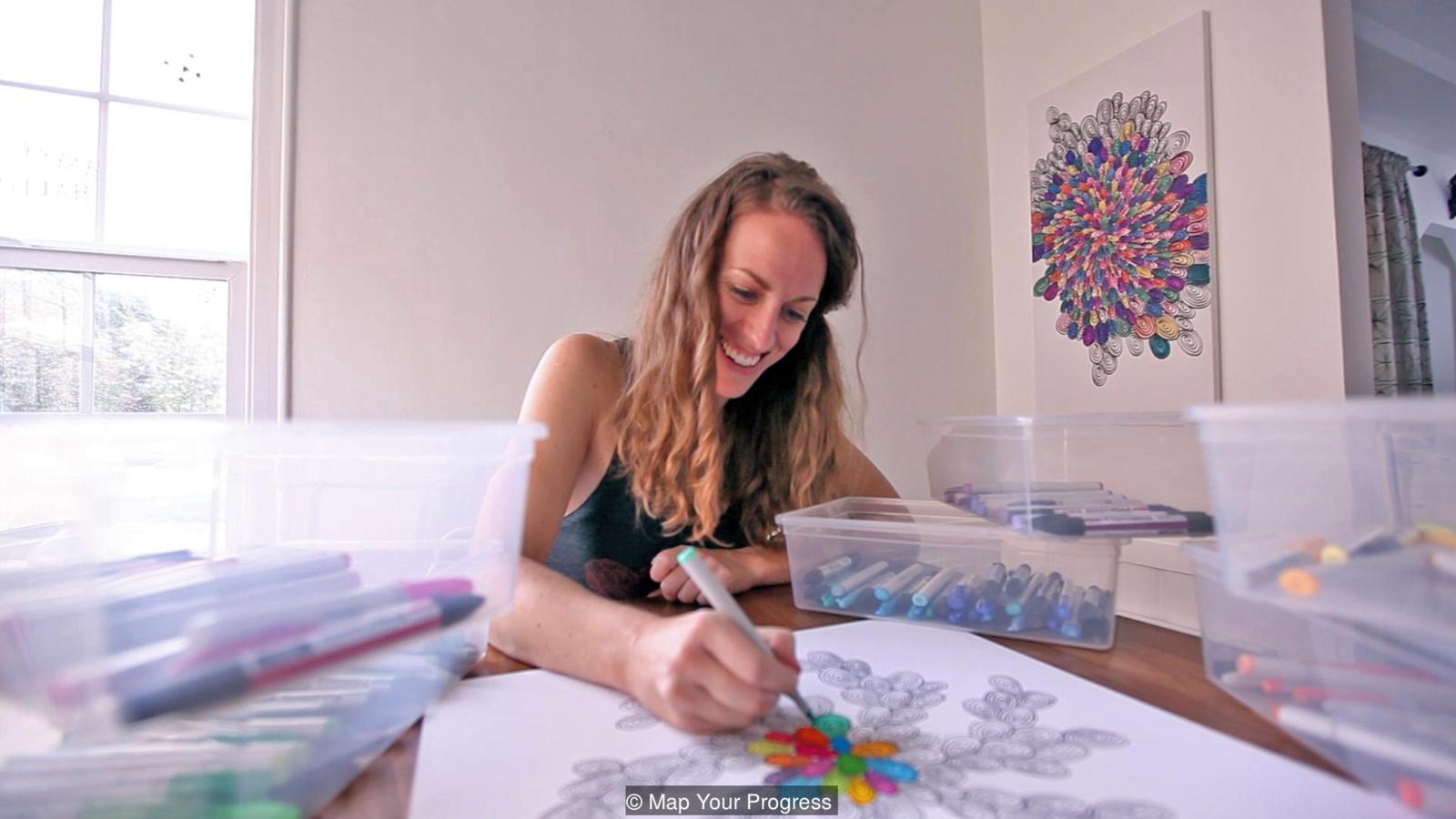
Amy Jones began to sell pictures to track the achievement of goals after visual clues helped her pay off a debt of $ 26,000. Each curl in the figure indicated a hundred bucks paid.
The difference is that savvy digital users are beginning to return to traditional methods. Many of them are successful video bloggers, technology workers, or experts in new media types. This trend has already helped boost sales of notebooks such as Moleskine and Leuchtturm1917. Moleskine records a two-digit percentage increase annually for the last four years, according to Mark Tselesinski, president of Moleskine America. And Leuchtturm1917’s marketing manager, Richard Bernier, said that sales in June 2016 skyrocketed, not least because of the popularity of bullet journaling techniques .
New self-awareness
So what is the attractiveness of simple things with the abundance of all sorts of technologies specifically designed to increase productivity and efficiency? To begin with, the notebook will never run out of charge and the screen will not freeze during the execution of the task. You cannot accidentally delete something from it. She will not call, distract you or send you messages about any events in social networks and new e-mails. You can make sketches, draw graphics or illustrations - sometimes a picture is worth a thousand words - something that is not very easy to do on a smartphone.
Amy Jones, creator of the Map Your Progress project, tracking the achievement of a goal through art, visualization helped pay off a debt of $ 26,000. She was inspired by the visual cues of her mother, who worked in sales. Jones drew a large canvas of curls, each of which represents the paid $ 100, and hung on the wall. Each time, paying this amount, Jones, who lives in San Diego, painted one of them in a bright color. As a result, she paid off the debt for half the planned time, and created a beautiful picture.
“I was amazed at the effectiveness of this approach, and how gratifying the coloring was for me,” says Jones. “Each of these curls showed progress, blooming on my wall, and motivating me to make difficult decisions. I have more aggressively approached the issue of debt repayment than would otherwise be the case. ”
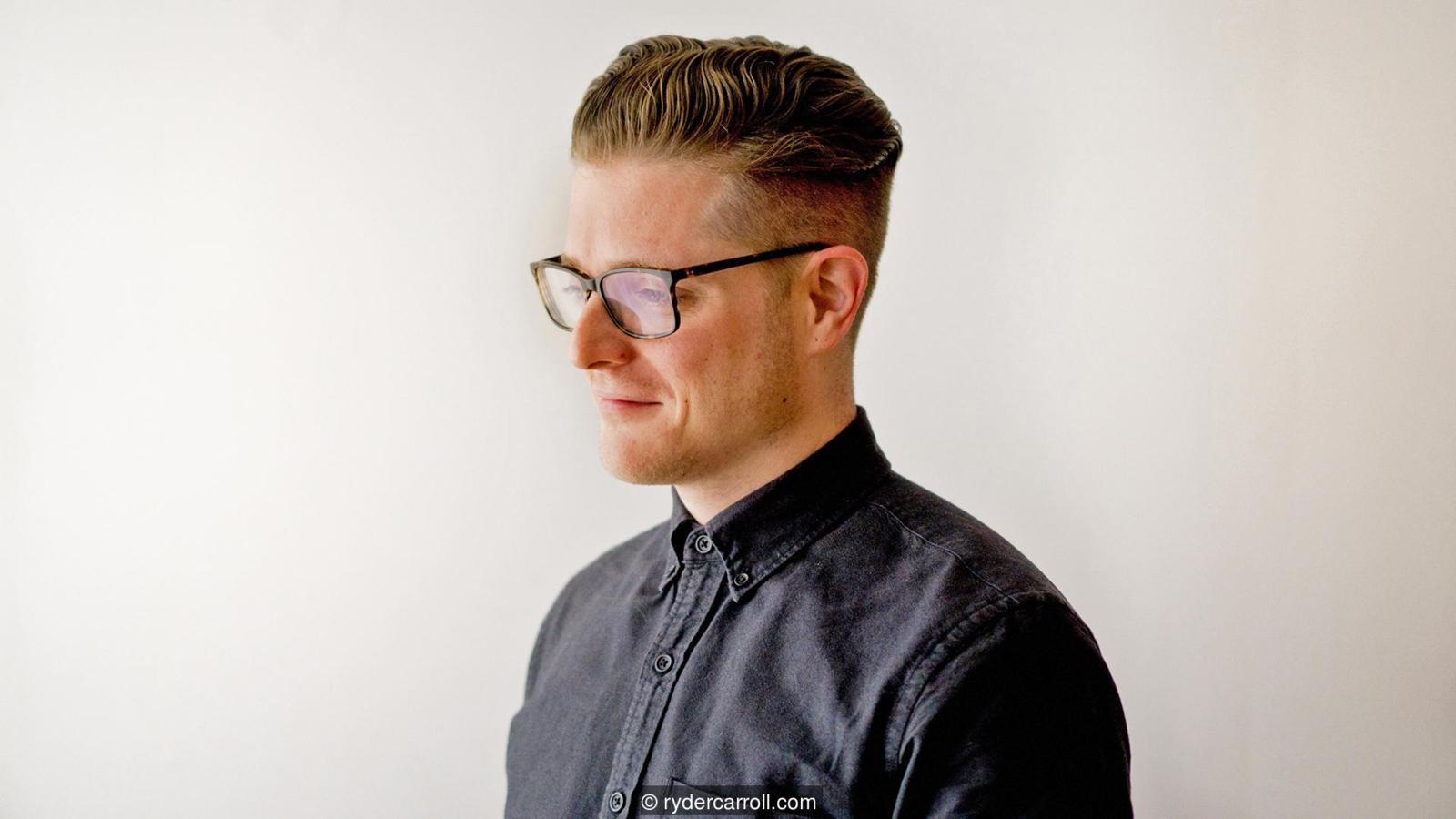
Digital Product Designer from New York, Ryder Carroll, created the Bullet Journal, a method of keeping records and making lists based on his own needs.
She wrote about the success on Facebook, and the idea was picked up. She started selling her drawings called Progress Maps online in 2015, and customers from different countries, including Australia, used them to concentrate on their tasks - paying off debt, losing weight, preparing for a marathon.
“Some ritual is included in this process. People like it a lot. They are waiting for the opportunity to paint curls. It becomes something more than just moving a finger across the screen of a smartphone or filling a cell in a spreadsheet. This includes physical experience. ”
For similar reasons, designer Ryder Carroll created the Bullet Journal, a system for keeping notes and lists. “You see the culmination of how I try to solve the problem of organizing my own time. These problems stem from the fact that in childhood I was diagnosed with “attention deficit disorder,” he says. - The misconception of people about such a diagnosis is that they think that I cannot concentrate my attention. But such as we can do it, only we pay attention to too many things at once. Therefore, I had to come up with a method of quick recording of information, as well as think of a way by which I could listen to people. ”
He speaks about the Bullet Journal system. “It was developed for me, for my thinking, which should be flexible. Sometimes I draw there, sometimes I write, sometimes I plan, sometimes I do something else, and I needed a system in which I could do anything. ”
We get our hands dirty
Handwriting promotes innovation. Innovation and creativity is a feeling of “getting your hands dirty” that doesn’t occur when using technology or gadgets, says Arvind Malhotra, a professor at the Kenan-Flagler Business School at the University of North Carolina.
»Researchers have shown that tactile sensations stimulate areas of the brain associated with creativity. The touch, sensation, feeling experienced in building something physical is also directly related to creativity, ”he says.
“ My research on rapid prototyping showed that even in the digital age, innovations occur when physical figures are added to the figure, ”says Malhotra. According to him, precisely because of this, technology firms love whiteboards.

“About 80% of the jobs I have visited that produce quite creative work results are equipped with writing boards,” he says. “The interesting thing is that in almost all high-tech companies that produce digital equipment and software, writing boards are still the main method of stimulating creativity and collaboration.”
Back to basics
For Seberano, the ability to turn off the phone, move away from the computer, sit down and concentrate - this is the key point.
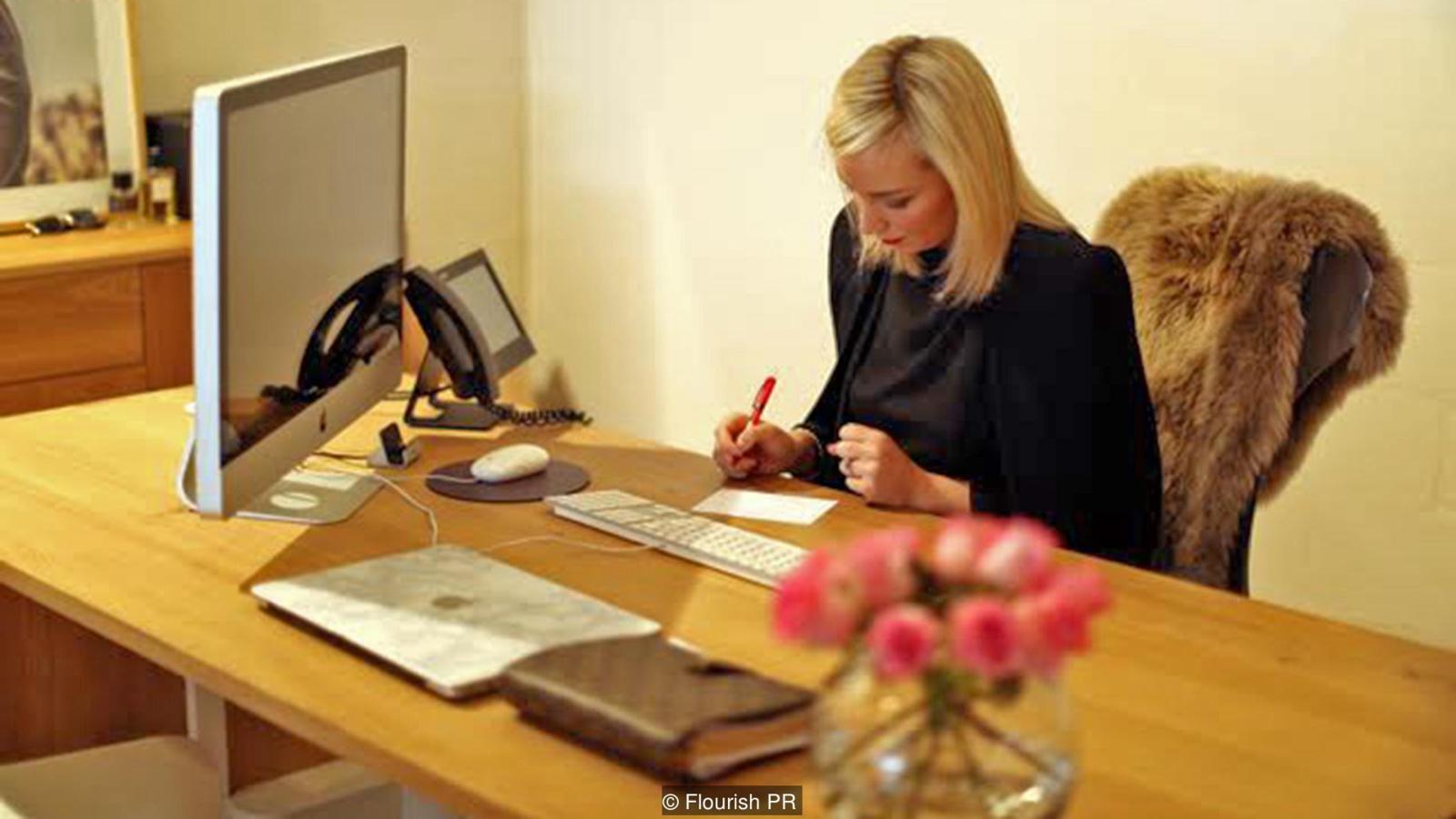
“You can be caught up in the flow of technology and be in a position where someone else dictates the terms to you,” she says. - I do not use these applications because they work in the format of some other person. They don't work the way I think, says Seberano. “So when I take paper and a pen, I write everything as it is organized in my head, but probably would not be suitable for someone else.” I think people are just trying to regain the right to have their time, as well as control over the information they perceive. ”
Only registered users can participate in the survey. Sign in , please.
